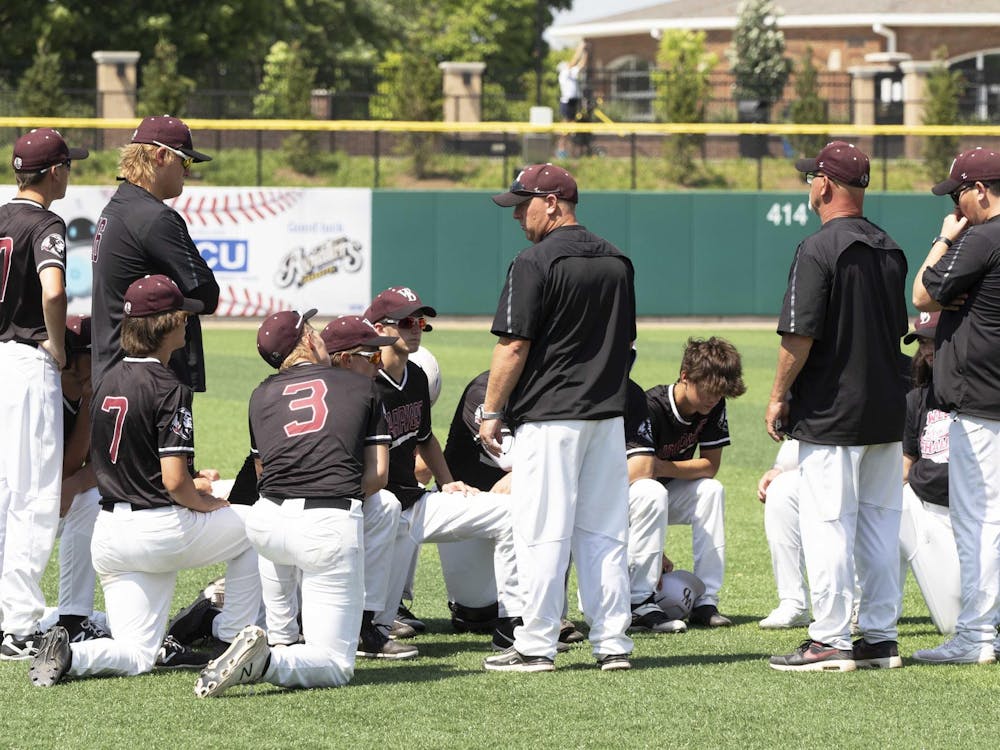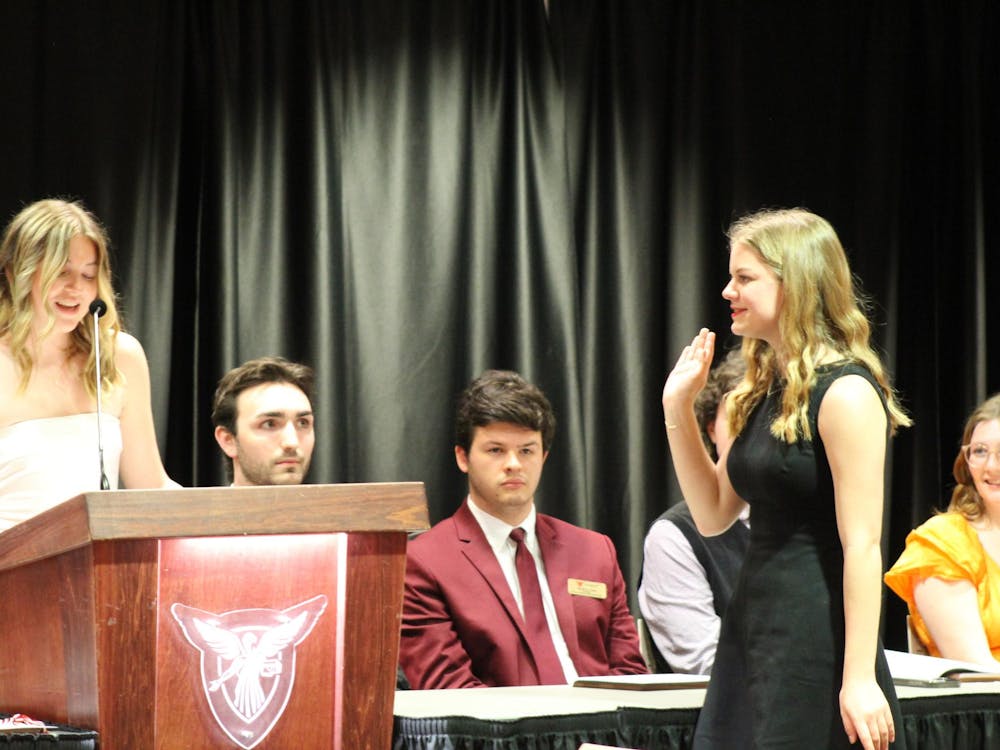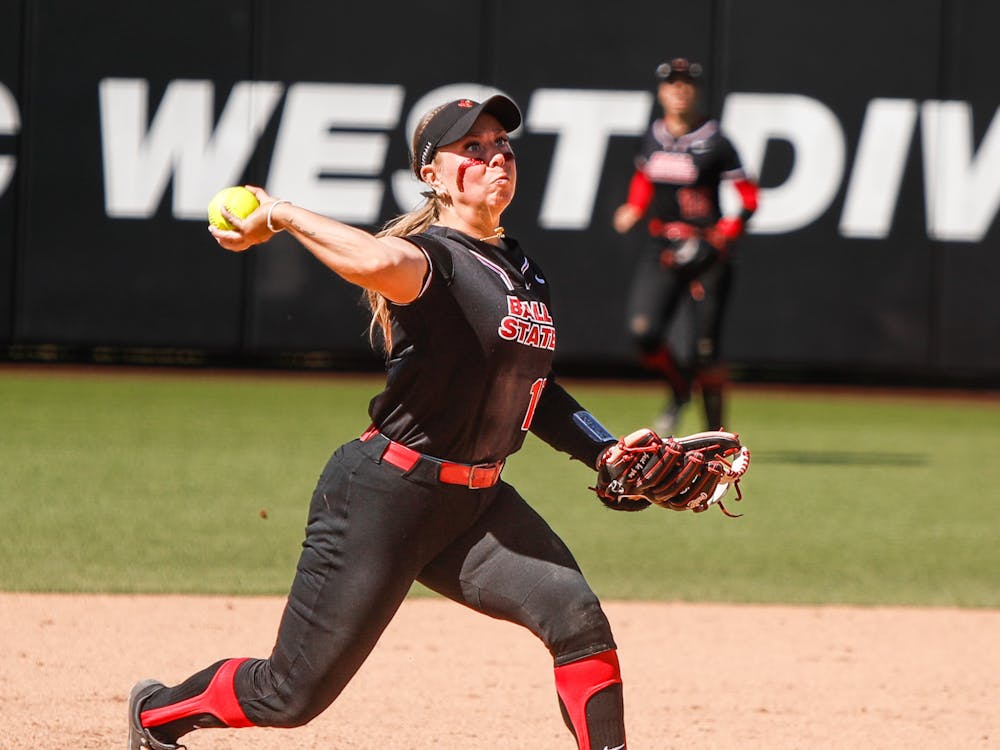Bone marrow transplant process
Registering to be a bone marrow donor is step one of the transplant process. Here is what happens if a match is found.
Bone marrow transplants are divided into five parts, but two are experienced by the donor: physical examination and harvesting.
Bone marrow transplants start with a physical examination. The transplant puts the donor at a higher risk for infection, so it's important to determine that they can withstand the process.
Harvesting is done one of two ways. The most common method involves removing blood from and then recycling it back into the body. While the blood is outside the body, the blood's stem cells are separated from the rest of its cells with a machine. Donors are given medicine prior to the transplant to stimulate the production of stem cells in the blood. The actual process usually involves two sessions lasting two to three hours that occur on successive days.
The second method is recommended if the donor is a child or the condition being treated requires it. With this method, a special needle or syringe is inserted into the hip bone while the donor is under general anesthetic. This method can be painful and sometimes needs to be repeated several times.
Source: NHS choices
Kevin Gatzlaff, a Ball State assistant professor, and his wife, Rachael Alaniz, knew their second daughter, Aria, was going to be born with medical complications. They didn’t know the severity until after she entered the world.
Aria was born deaf and blind, had limb deformities and inherited a genetic disease called Fanconi anemia. FA is a rare blood disorder that leads to bone marrow failure — a syndrome that can be combatted with bone marrow transplants.
Gatzlaff and Alaniz have partnered with Ball State's chapter of Be the Match—a national organization designed to match bone marrow donors with recipients.
Bone marrow produces cells essential to survival, like red blood cells that carry oxygen throughout the body, white blood cells that fight infections and platelets that help with blood clotting, according to the National Institute of Health.
Bone marrow failure is when the body fails to produce these life-sustaining cells.
Aria died from the syndrome on Sept. 20. She was four years old.
Aria’s various medical problems — renal failure and constant seizures — led Gatzlaff and Alaniz to agree that a transplant wasn’t the best option for her.
“When you looked at our daughter, she’s got all these other issues. We can’t communicate with her to be able to say, ‘Look, this next year of your life is going to be impossible,’” Gatzlaff said. “We can’t even say, ‘Yeah, I know it hurts, but we’re going to do things to make you feel better.'”
A bone marrow transplant wasn’t right for Aria, but Gatzlaff and Alaniz still wanted to spread the word that there are other people — some with the same disease as their daughter — who need one to survive.
That's why they contacted Be the Match. Ball State’s chapter started two years ago and has around 30 members.
They hold blood drives and registries to sign people up as donors. Registering is simple — it just takes a cheek swab test.
“It’s hard to comprehend why you wouldn’t want to,” said Alexis McKenzie, Ball State's Be the Match president and sophomore legal studies major. “You’re literally saving someone’s life, and you’re really not losing anything.”
Finding a marrow match is harder than it is for a blood type. Factors such as race, ethnicity, age and HLA tissue type play key roles in locating a match. Donors on the registry have a 1 in 540 chance of matching with a recipient, and only 2 percent of the United States population is registered, according to the Institute for Justice, a national law firm.
Gatzlaff and Alaniz invited Be the Match to Aria's funeral.
McKenzie and Caitlynn Elkins, the organization's vice president, registered funeral attendees to the bone marrow donor list.
“I don’t think you could’ve handed a worse situation to a better group of people,” Elkins said about Gatzlaff and Alaniz’s family.
Between the funeral and a volleyball tournament hosted by the Sigma Alpha Epsilon fraternity, 78 people registered to donate marrow on Aria’s behalf.
“That’s 78 people whose lives are going to be saved,” Alaniz said. “I think Aria did a good thing.”





